| |
Scientific programme
The FINAL scientific programme can be found here.
Complete list of poster communications.
Invited communications
Evolution of acoustic communication
Carl Gerhardt (University of Missouri, Columbia)
Mate-attracting signals are made up of different properties that influence mating decisions. Analysis of patterns of variation in such properties and patterns of female preference based on such variation can reveal the potential for sexual selection and speciation. I will discuss patterns of variation in four such properties at three levels -within-male, between-male, and between-population - in 35 populations of the North American treefrog (Hyla chrysoscelis).
Three properties (pulse number, dominant frequency and pulse rate) show patterns of variation that would allow selection on individual males, and pulse number is under directional selection by females. However, the pattern of selection is non-linear (diminishing returns of adding pulses over and above the mean) and also constrained by energetic costs. Surprisingly, only pulse rate, which is under strong stabilizing selection within populations, shows between-population differentiation sufficient to promote discrimination by females. The pattern of geographical variation in pulse rate is not explained by reproductive character displacement, which predicts a higher pulse rate in areas where a genetically incompatible sibling species is found, but females do show such a pattern in the strength of preferences based on pulse rate. By contrast, pulse rate in the sibling species (H. versicolor), which has arisen three or more times by polyploid speciation, varies little among populations. I will show that part of the explanation is that lower pulse rates are a consequence of cell-size increases that accompany genome duplication. I also propose that two changes in the female-preference criteria of the polyploid species are examples of hidden preferences revealed by changes in male calls.
Mechanisms of fish sound production
Michael L. Fine (Virginia Commonwealth University)
Fish swimbladders can serve as sound-producing organs and accessory auditory organs that transfer vibrations to the ears. Since the 1960s swimbladders have been modeled acoustically as underwater bubbles, resonant monopoles that radiate sound omni-directionally. Data inconsistent with this paradigm are typically dismissed as the result of damping by surrounding fish tissues. Fish sonic swimbladder muscles are among the fastest in vertebrates, which should be unnecessary to excite a resonant structure. Recent work however indicates that toadfish, weakfish and black drum produce sounds as a forced response whose frequency is determined by muscle contraction and not the resonant frequency of the bladder. Furthermore, the natural frequency of toadfish sounds does not vary inversely with fish size, and damping is equivalent to that of an automobile shock absorber, a device designed to suppress resonance. Toadfish produce a directional (not omnidirectional) sound field consistent with swimbladder shape, and deflation of the bladder does not change auditory thresholds. To our surprise, we recently discovered that carapid fish utilize slow muscles to produce sounds. Their swimbladder has an elastic fenestra covered by a bony plate that we believe drives the swimbladder following muscle contraction. We suggest that related ophidiid fishes, one of the commonest groups in the deep-sea bottom also have slow muscles because some species have a fenestra and muscles that occur in antagonistic pairs. Paradoxically, the striped cusk-eel produces the highest peak frequency known for swimbladder sounds, likely with a slow muscle. Fish swimbladder walls are anisotropic structures with a high water content composed of collagen. They are likely responsible for rapid damping of swimbladder sounds, and we suggest that sounds produced by slow muscles utilize additional mechanisms to drive high frequency vibrations from a structure that would otherwise damp rapidly.
Adaptive auditory plasticity for social communication
Joseph Sisneros (University of Washington)
Acoustic communication plays an important role in the social behaviors of vocal teleost fishes in the Family Batrachoididae (midshipman and toad fishes). The midshipman and toadfishes have become good models for investigating the neural and endocrine mechanisms of auditory perception and vocal production shared by all vertebrates, in part, because the reproductive success of these batrachoidid fishes is highly dependent on acoustic communication. The plainfin midshipman fish (Porichthys notatus), like other teleost fish, use the saccule as the main acoustic end organ for hearing to detect and locate vocalizing mates that produce multiharmonic advertisement calls during the breeding season. Recent work showed that the frequency sensitivity of the peripheral auditory system changed seasonally with female reproductive state such that reproductive females became better suited than non-reproductive females to encode the higher harmonics of the male’s advertisement call. Approximately one month before the breeding season, females showed peaks in circulating plasma levels of testosterone and 17β-estradiol, which are now known to induce the female’s summer reproductive auditory phenotype and enhance audittory sensitivity to the dominant higher harmonic components of the male’s mate call. Furthermore, midshipman-specific estrogen receptor alpha and androgen receptor have been identified in the saccule which now provides additional support for a direct steroid effect on the inner ear. Additional physiological evidence will be presented that suggests that the saccular hair cell receptors are the prime candidate sites for this novel form of steroid-dependent auditory plasticity. I will discuss why this auditory plasticity may represent an adaptation to enhance mate detection and localization during the breeding season.
Directional hearing and strategies for sound communication
Axel Michelsen (University of Southern Denmark)
Successful sound communication between animals located in vegetation requires that the sound signals penetrating the vegetation retain sufficient amplitude and structure to allow the receiving animals to extract the message. In many cases, the sounds should also provide information about the sender's position in space. One often finds that the messages have survived the sound degradation in the vegetation, whereas the information about position has been lost. However, the ability of animals to obtain directional information by listening to degraded sounds depends on the properties of their hearing systems. In many animals, the directional hearing is based only on differences of sound amplitude at the ears. Other animals also exploit differences in time-of-arrival (phase), and their directional hearing appears to be more immune to sound degradation. Different phase mechanisms (neural and acoustical) and strategies for sound communication will be discussed.
Applying bioacoustics: interactions between pure and applied research
Peter McGregor (Cornwall College)
Sounds produced by animals are often very apparent to humans, indeed in some instances these sounds are the only indication of the presence of the animal. Sound is also a key channel of communication between animals and can play a role in orientation, navigation and prey capture. These factors mean that bioacoustics can be a useful tool in several contexts from census and monitoring roles in conservation, through indications of welfare status to the impacts of anthropogenic noise. The same factors mean that an understanding of aspects of bioacoustics is important in pure research, i.e. research addressing fundamental questions. Despite this obvious commonality there is relatively little interaction between pure and applied aspects of bioacoustics. This talk will seek to redress the balance using examples drawn from acoustic communication, conservation and anthropogenic noise.
Social programme
We will be hosting two social events, a dinner and an excursion both that will be held on Thursday the 17th.
Dinner
The dinner will be hosted at a traditional Portuguese restaurant ‘A Viúva’ (at 20:00) located at the heart of Lisbon.
The address is: Pátio Pinzaleiro 28 B – Lisboa 1200-789 LISBOA
Here are instructions on how to get to the restaurant from the conference venue.
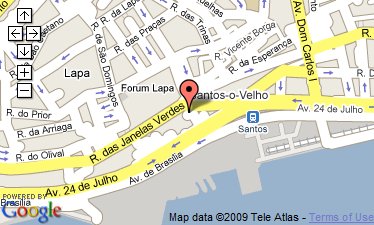
There are 5 menu options, if you could please let us know, to ibac2009@gmail.pt with the sub-heading ‘dinner menu’, your preference. There is a vegetarian option and if you have any food allergies please let us know, so we can inform the restaurant in advance.
Option 1
Secretos de Porco Preto
Lean pork (filleted from the belly of the black-footed pig) usually served with vegetables or potatoes
Option 2
Lombo assado com puré de maçã
Pork or Beef loin with apple puree
Option 3
Bacalhau com natas
Cod fish with white cream sauce
Option 4
Rolo de carne
Meatloaf usually served with vegetables or potatoes
Option 5
Vegetarian option (we have not been provided with the menu, however if you want to order vegetarian let us know and we will contact the restaurant)
Wine is included as a drinking option.
If you have any queries please do not hesitate to contact us using the e-mail provided or by asking us at the conference.
Dinner registrations are accepted until Monday the 14th of September payments may be made upon arrival at the conference. Price is 25€.
Excursion
The excursion will be on Thursday and we will visit the picturesque village of Sintra. Sintra’s old town is classified by UNESCO as a World Heritage centre.
Our first visit will be to the National Palace of Sintra (Palacio Nacional de Sintra) which is classified as a National Monument due to its examples of royal architecture.
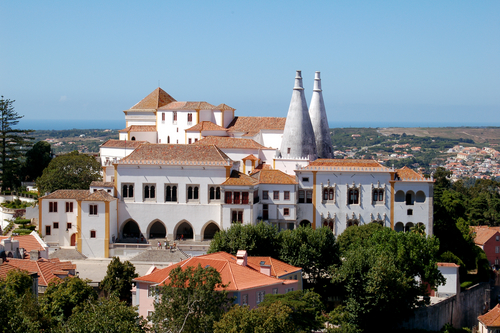
Our second visit will be to the Capuchos Monastery, which was built in 1560 by Dom Álvaro de Castro
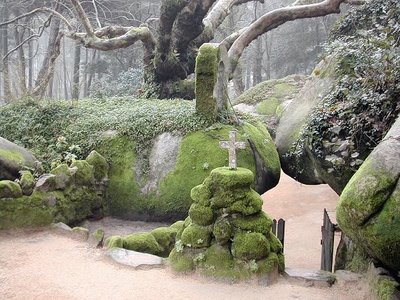 . .
Excursion registrations are accepted until Monday the 14th of September payments may be made upon arrival at the conference. Price is 35€. |
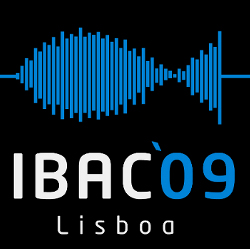



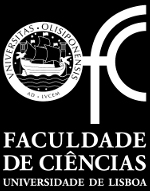


 .
.